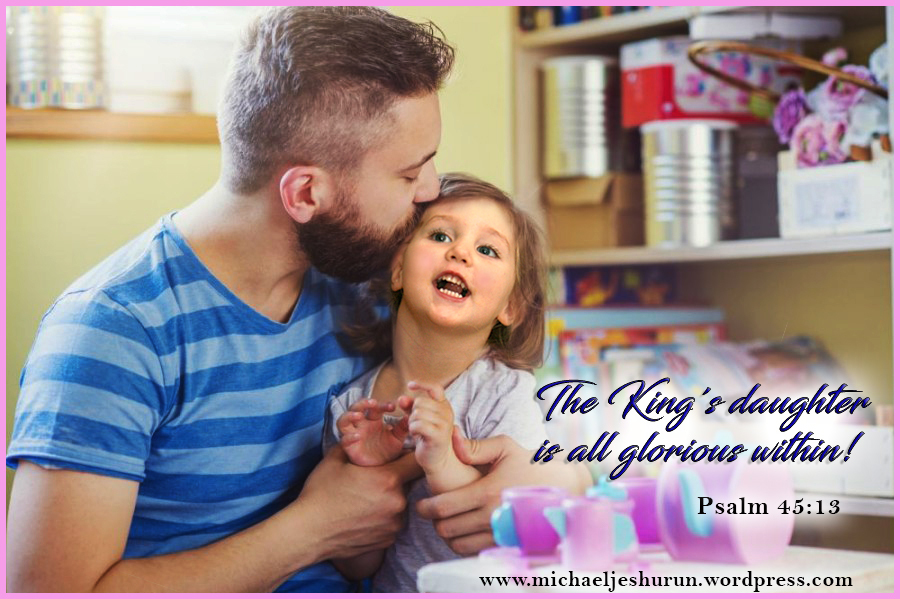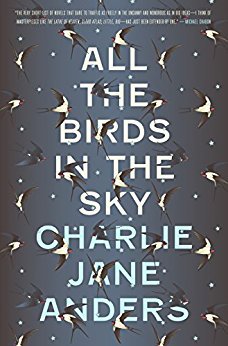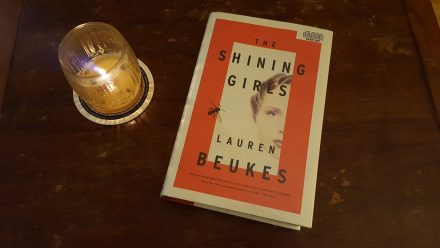Imagine you’re an author trying to get your screenplay made into a film, but despite giving Miramax Studios and Working Title copies of your script, you have no luck. Ten years later, you discover the theatrical trailer for an upcoming movie starring Michael Fassbinder, Alicia Vikander, and Rachel Weiss. Your heart sinks as you realise that your story has been stolen. What do you do? If you’re Joseph Nobile, you call a lawyer and sue Hollywood for copyright infringement.
In 2012, Margot Watts (writing as M.L. Stedman) published The Light Between Oceans, a novel about a lighthouse keeper and his wife, and their desperate longing for a child. Set primarily in 1920s Australia, Tom and Isabel find an infant washed ashore in a lifeboat after a storm, together with the corpse of the baby’s father. The novel explores the psychological and moral consequences of the couple’s choice to raise the baby as their own.
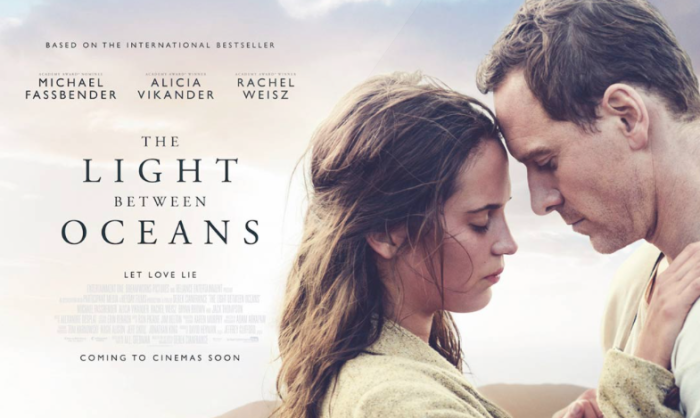 The novel was on the New York Times’ Best Sellers list for over two years, with 23 million copies sold worldwide. Dreamworks turned Watt’s novel into a film by the same name, released in 2016.
The novel was on the New York Times’ Best Sellers list for over two years, with 23 million copies sold worldwide. Dreamworks turned Watt’s novel into a film by the same name, released in 2016.
In his January 2017 lawsuit, Nobile alleged that Watts copied key elements of his screenplay, The Rootcutter, which was written and registered with the Copyright Office in 2004. Nobile admits that while Watts made some “cosmetic changes” to his original story, the plot remained “strikingly similar.” His list of 22 similarities included:
- Both The Rootcutter and The Light Between Oceans were set on a remote storm-swept islands
- At the core of both stories was a desperate childless couple longing for a baby
- Three stillborn foetuses were memorialised by three simple graves with three small wooden crosses
- The third stillbirth coincides with a violent ocean storm and, after giving birth, the wife leaves a trail of blood on the floor
- After the third stillbirth, the husband held the silent, bloody baby and the wife said, “Let me hold him! I want to hold my baby!” (in the novel, this is changed to “Give me my baby! Let me hold her!”)
- To conceal the provenance of the baby, the husband buries the corpse of the baby’s father from the boat on the beach (in the screenplay, it was the baby’s mother who died)
The defendants (Watts, Dreamworks, Disney, and others) argued that Watts’ novel and Nobile’s screenplay “shared little beyond broad ideas, and a list of cherry-picked, often-misleading, incidental similarities.” The court agreed, and the case was dismissed in October 2017.
Is this outcome surprising? Isn’t it simply too coincidental that The Light Between Oceans and The Rootcutter could have so much in common? Well, maybe not…
Legal Standard: Substantial Similarity
Copyright law, in both the United States and the United Kingdom, only applies to the expression of ideas, and not the ideas themselves. For his lawsuit to succeed, Nobile needed to prove Watts made an unauthorised copy of his screenplay. In other words, he had to show the copying was illegal because of a “substantial similarity” between the two works. Copyright infringement does not occur if the “copy” isn’t really a copy at all.
To determine if the screenplay and the novel were substantially similar, the court used “good eyes and common sense” under the “ordinary observer” test to examine the plot, setting, characters, and themes of each work.
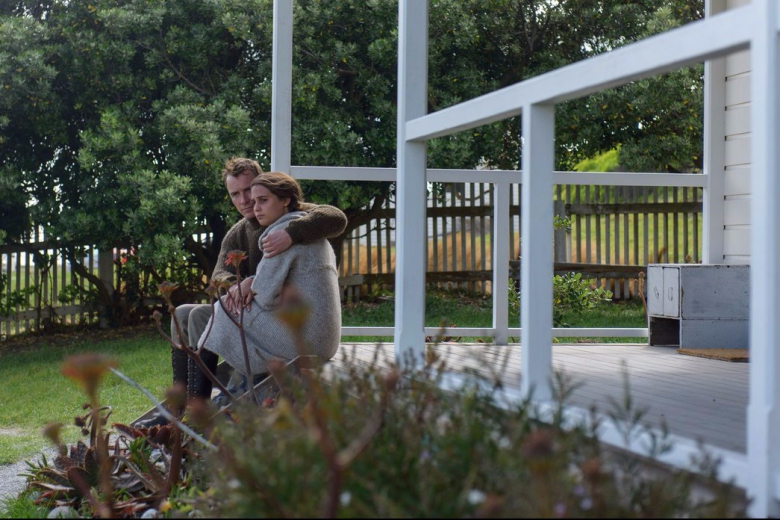 Tom comforts his wife Isabel after her third miscarriage in The Light Between Oceans
Tom comforts his wife Isabel after her third miscarriage in The Light Between Oceans
- Plot
The court found that while some elements of the plots were generally the same, their expression was quite different. Ideas and events which flow from the idea of a grieving, barren couple that finds a baby cannot be protected. This includes blood appearing on the floor after a traumatic birth, or the mother wanting to hold her stillborn child.
Scène à faire (French for “obligatory scene” or “scene that must be done”) is a scene in a book or film which is almost obligatory for a genre of its type. In the United States, it also refers to a principle in copyright law in which certain elements of a creative work are held to be not protected when mandated by or customary to the genre.
- Setting
The fact that both stories take place on “remote storm-swept islands” is not capable of being protected by copyright: many other creative works such as Robinson Crusoe, The Tempest, The Lord of the Flies, and The Odessy have been set on “remote storm-swept islands.” The court also found Nobile’s claim to be a vast oversimplification, as The Rootcutter takes place in an Irish village, whereas Watt’s story is split between a Western Australian town, and a completely isolated island.
 The “remote storm-swept island” of Janus Rock in The Light Between Oceans wasn’t considered a copy of the island in Nobile’s screenplay
The “remote storm-swept island” of Janus Rock in The Light Between Oceans wasn’t considered a copy of the island in Nobile’s screenplay
- Characters
Although both stories concern childless couples who make an ill-fated decision to keep a baby that is not their own, the characters themselves are not similar. Nobile’s couple, Liam and Caitlin, are not well-developed, but rather “fable-like” archetypes. In contrast, Tom and Isabel are complex and fully-drawn, with “strong, if wavering, moral compasses.” The court quoted the ruling in Nichols v Universal Pictures (1930), noting that “the less developed the characters, the less they can be copyrighted. That is the penalty an author must bear for marking them too indistinctly.”
 In The Light Between Oceans, Isabel is a doting mother to her “daughter,” Lucy. In its judgement, the court explained various ways in which Isabel differs from Nobile’s female protagonist, Caitlin.
In The Light Between Oceans, Isabel is a doting mother to her “daughter,” Lucy. In its judgement, the court explained various ways in which Isabel differs from Nobile’s female protagonist, Caitlin.
- Theme
The court concluded that The Rootcutter and The Light Between Oceans do indeed share the theme of taking another’s child for your own. But beyond the abstract idea of a childless couple finding a motherless baby, there were no genuine similarities between the works. Accordingly, the case was dismissed.
Had Watts plagiarised Nobile and written something which was identical (or very nearly identical) to the words within his screenplay, she would have been stealing the expressive product of his creativity: that is, she would have infringed upon his copyright. Interestingly, there were only four words in Watts’ novel which were also found in Nobile’s screenplay: “I hate this place.”
I did feel somewhat sympathetic towards Nobile when I read his lawsuit, as his list of similarities did seem to have some merit. However, these were only 22 “similar concepts” which, considering Watts’ novel is nearly 350 pages long, isn’t that remarkable. If broad themes, ideas, or even vague characters could be copyright protected, we wouldn’t have the great diversity of literature and cinema we enjoy today.
Case citation: Joseph Nobile v. Margot Louise Watts et al., 1:17-cv-00597, U.S. District Court for the Southern District of New York. Share this:


![Howl for It (The Pride Series) by [Laurenston, Shelly, Eden, Cynthia]](/ai/025/781/25781.jpg)
